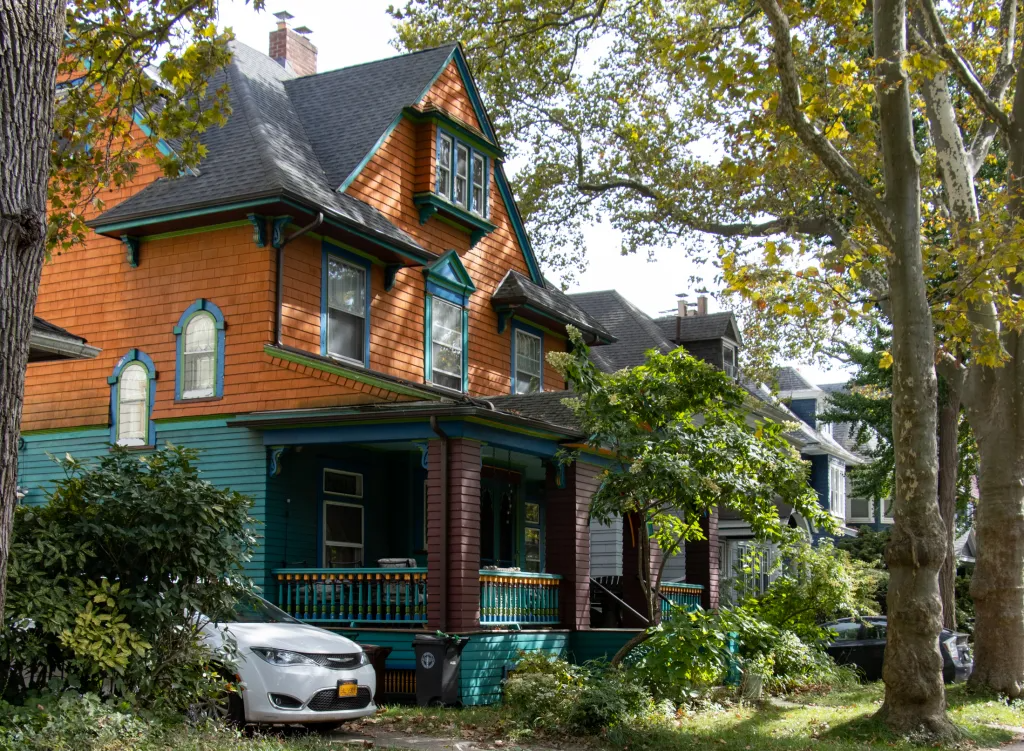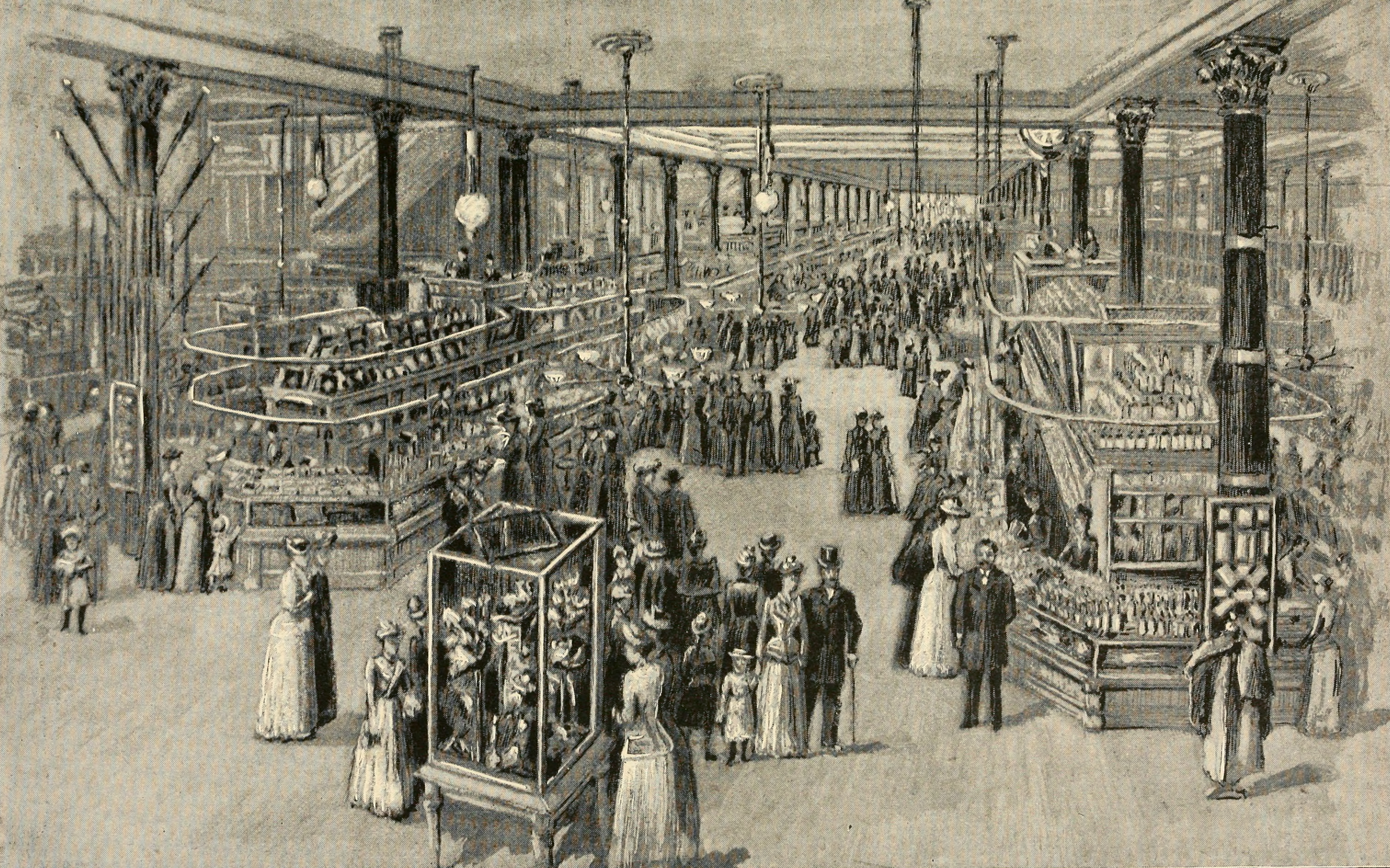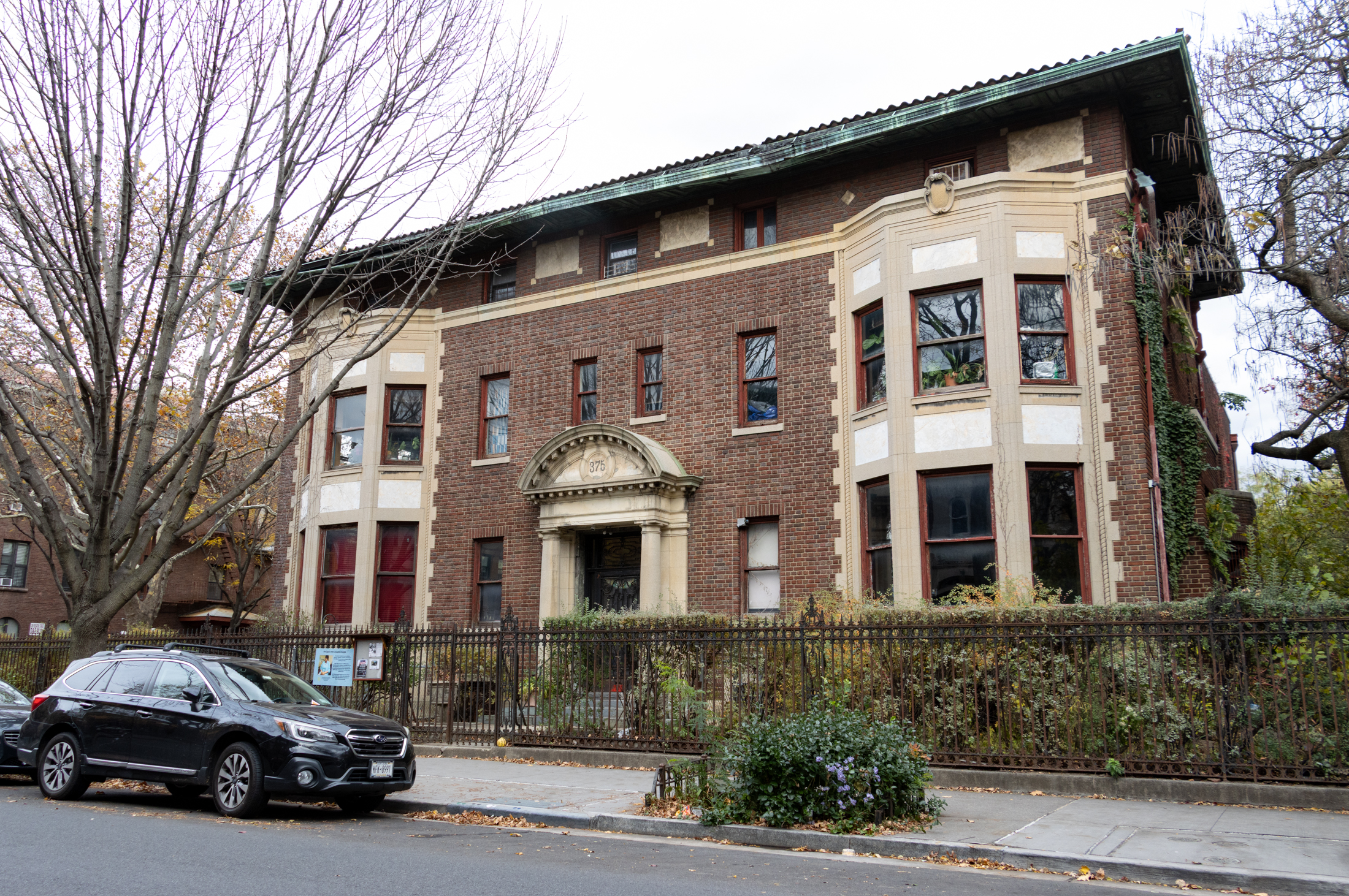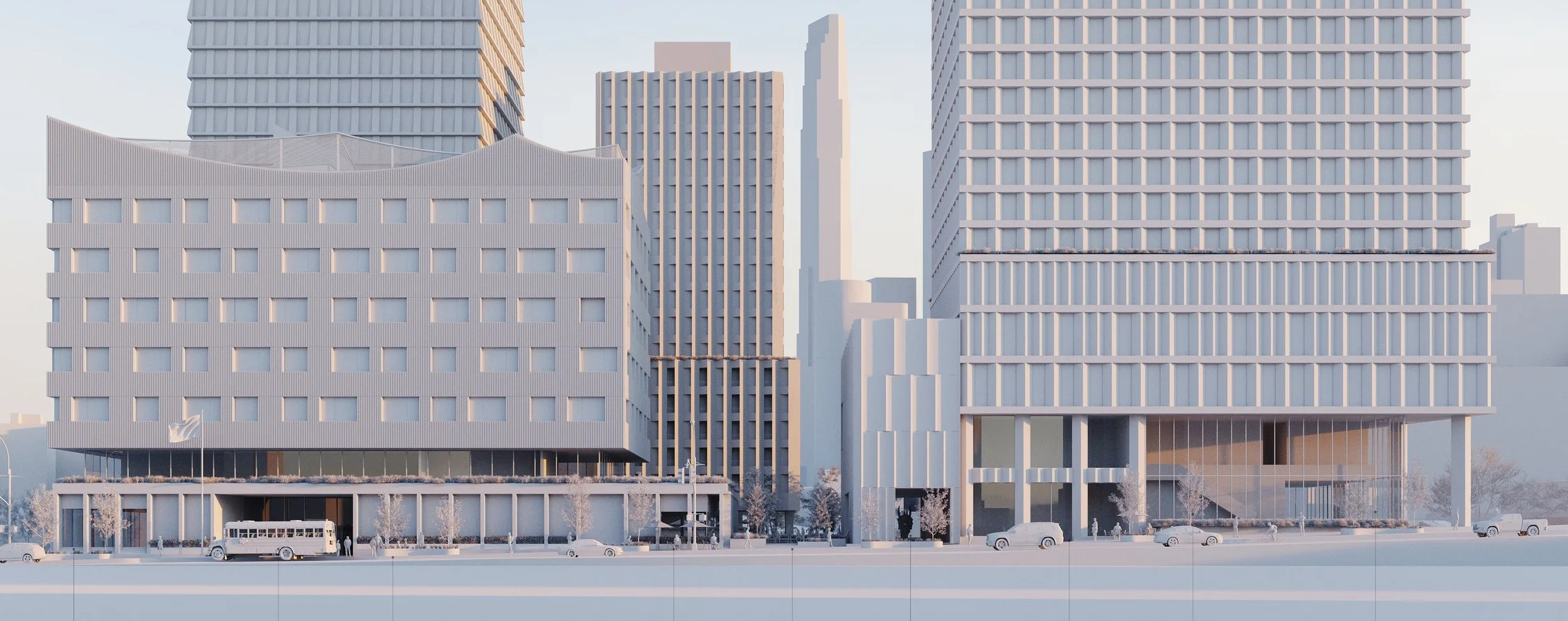Co-op of the Day: 154 South 3rd
If you made more than $59,500 in either of the last two years, you can stop reading now. That’s the income cut-off to qualify as a buyer of this affordable one-bedroom co-op at 154 South 3rd Street in Williamsburg. Of course, just because it’s “affordable” doesn’t mean that it’s affordable. In this case, the asking…


If you made more than $59,500 in either of the last two years, you can stop reading now. That’s the income cut-off to qualify as a buyer of this affordable one-bedroom co-op at 154 South 3rd Street in Williamsburg. Of course, just because it’s “affordable” doesn’t mean that it’s affordable. In this case, the asking price of $279,000 for what’s not exactly a large-looking apartment doesn’t seem like a deal to us; and even if it were, the monthly nut on this place is still going to come in around $2,000, hardly a lay-up for someone pulling down $50,000 or $55,000 a year. The seller has to try for a high price, though, if he wants to make any money: The building has a 40% flip tax.
$279000 1 Bedroom Co-op [Pari Passu] GMAP P*Shark





HDFC Co-ops
——————————————————————————–
There are 3 kinds of HDFC.
1. HDFC not-for-profit rentals, run by various not-for-profit organizations.
2. HDFC Mutual Housing Associations that operate basically as co-ops but the tenants do not have ownership of shares but memberships without equity. Some MAS’s are self-managed by the tenants, some by outside not-for-profit sponsoring organizations. The most successful ones are the mixed managment ones run by Community Assisted Tenant Controlled Housing (CATCH).
3. HDFC Cooperatives of which there are about 1500 in the City most of which have come through various programs run by HPD in order to privatize the City’s in rem stock.
Currently there are about 300 buildings in the Tenants Interim Lease Progam and once they are gut rehabilitated by HPD they will be converted to HDFC Cooperatives and sold to the tenants for $250 per apartment.
HDFC cooperatives originating from HPD Division of Alternative Management Programs (DAMP) have certain restictions and depending of when the covenrsion took place they are slighly different.
The most common restriction is income: Conversions prior to 1995 require income of new shareholders not to exceed 6 or 7 times the annual maintenance plus utilities. If the incoming family has less than 3 dependents you multiply the annual maintenance plus utilities times 6. If the family has 3 or more dependents then by 7.
There are a number of HDFC cooperatives covnerted from 1986 to 1995 that have a further restriction requiring the payment to the City of 40% of any profit on the resale of the shares.
Generally all HDFCs require a “Transfer Fee” commonly called a “Flip Tax” of at least 30%. It is necessary to review the Proproietary Leases and Offering Plans to ascertain exactly what the restrictions for any one particular HDFC coooperative as there are many variations.
Buyers should do their “due diligence” and ask for at least the last 3 years of financial reports as well as copies of the minutes of the Annual Shareholders Meeting and Election of the Board of Directors; proof of insurance, including Directors & Officeers and Fidelity Bond, as well as payments of Property Taxes and Water & Sewer charges.
For more information look up the HDFC Council’s web-forum: http://forums.prospero.com/HDFCCentral/
J. Reyes-Montblanc
President
The HDFC Council
Two additional comments re HPD buildings.
To answer broadwayron, your income CAN go above the stated income level after you purchase, move in. There’s no penalty for that, as far as I know.
In response to Bolder’s question about what the seller paid, there are all sorts of scenarios. (Too lazy to P-shark it right now.) If the seller is one of the original owners, s/he may have paid as little as $250 (!!!). The city sold distressed/foreclosed buildings to tenants (urban homesteaders) for about that much in the originally years of the program. The low price was justified by the fact that the owners of record had given up on the buildings. These buildings are generally in once-very-blighted neighborhoods.
Yep, income restricted buildings NEED a huge flip tax on the profits to discourage, well, flipping. (tax is not on total price; also, there are a fair amount of non-restricted buildings that have 10-25% flips on profits.)
Do we know what the seller paid? It’s possible that in that area if they bought 15 or 20 years ago, it was well under 100k. They’re making a nice profit either way.
A problem with a bunch of old southside buildings is the cockroach situation. Try to see how clean and fastidious the buildings other occupants are if you go to look around. And by other occupants, I mean people.
Those HPD’s often have a huge flip tax, which prevents you from easily “flipping” the apt. I still don’t understand how someone making 50K can afford this, unless they inherited money for the DP or they USED to make a lot, and saved it, and now they make 50K.
I’ve wondered (but never bothered to figure it out) if you qualified for the income restriction, but later got a job making 100K… does that mean you have to sell, or is there some sort of penalty applied?
“Is a flip tax assessed on the sales price or the profit?”
–Depends on how the building’s articles of incorporation are framed. My gut feeling, though, is the LARGER flip taxes tend to be on the PROFIT. Not the sales price. It’s paid by the SELLER, not the buyer, though of course the seller will try to build it in, right?
Yikes!
I guess my understanding of the definition of affordable is considerably different than theirs.
I am guessing the building was designed for apartments to be sold as “affordable” at roughly 40% off the value, and that you are required to give back 40% when you leave to make up the difference. The longer you stay, the better it is for the building and community.
So, 50% of your income annually, for these little boxes!
So what are the chances of resale on this, when you eventually ( if ever) can afford something bigger or better?